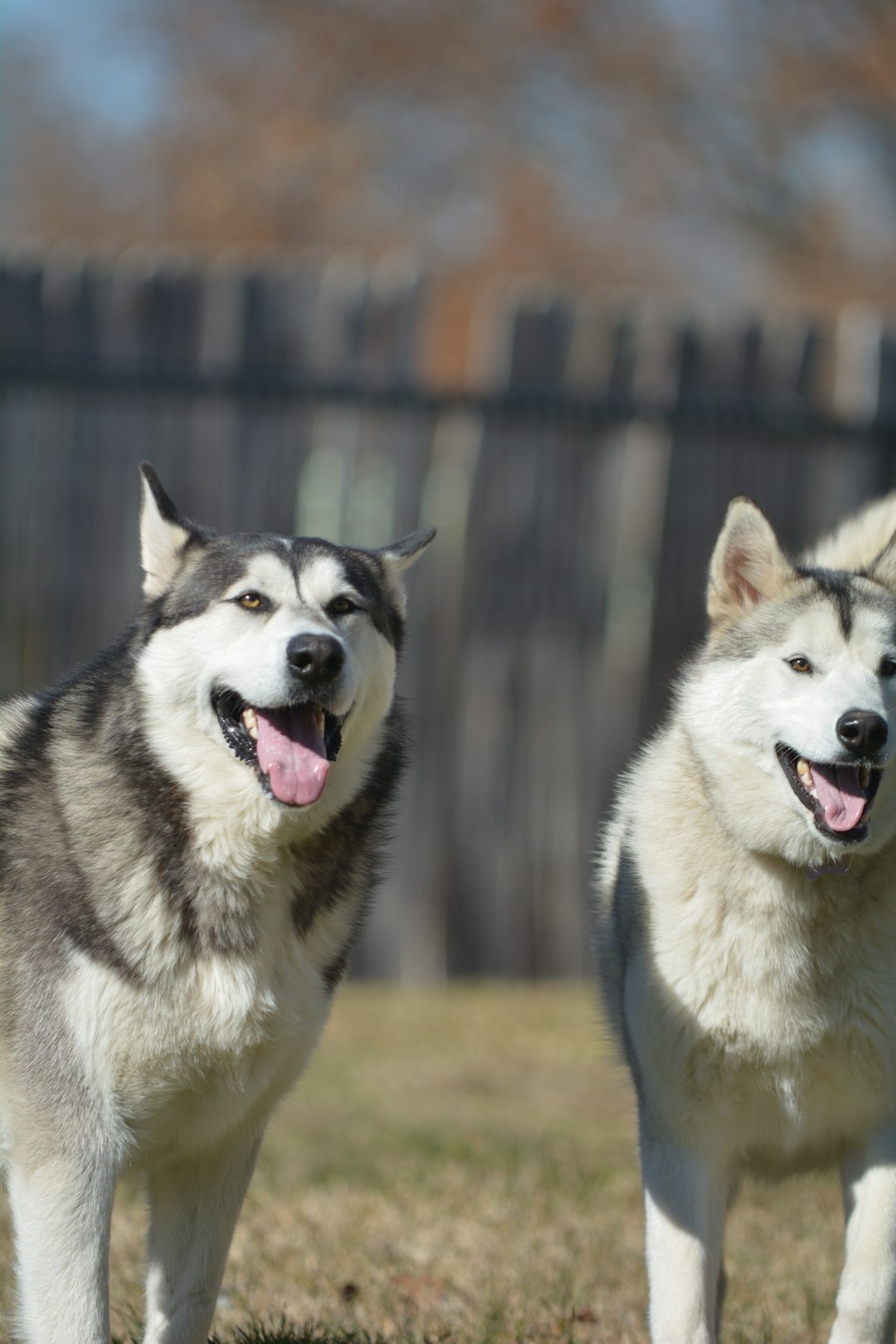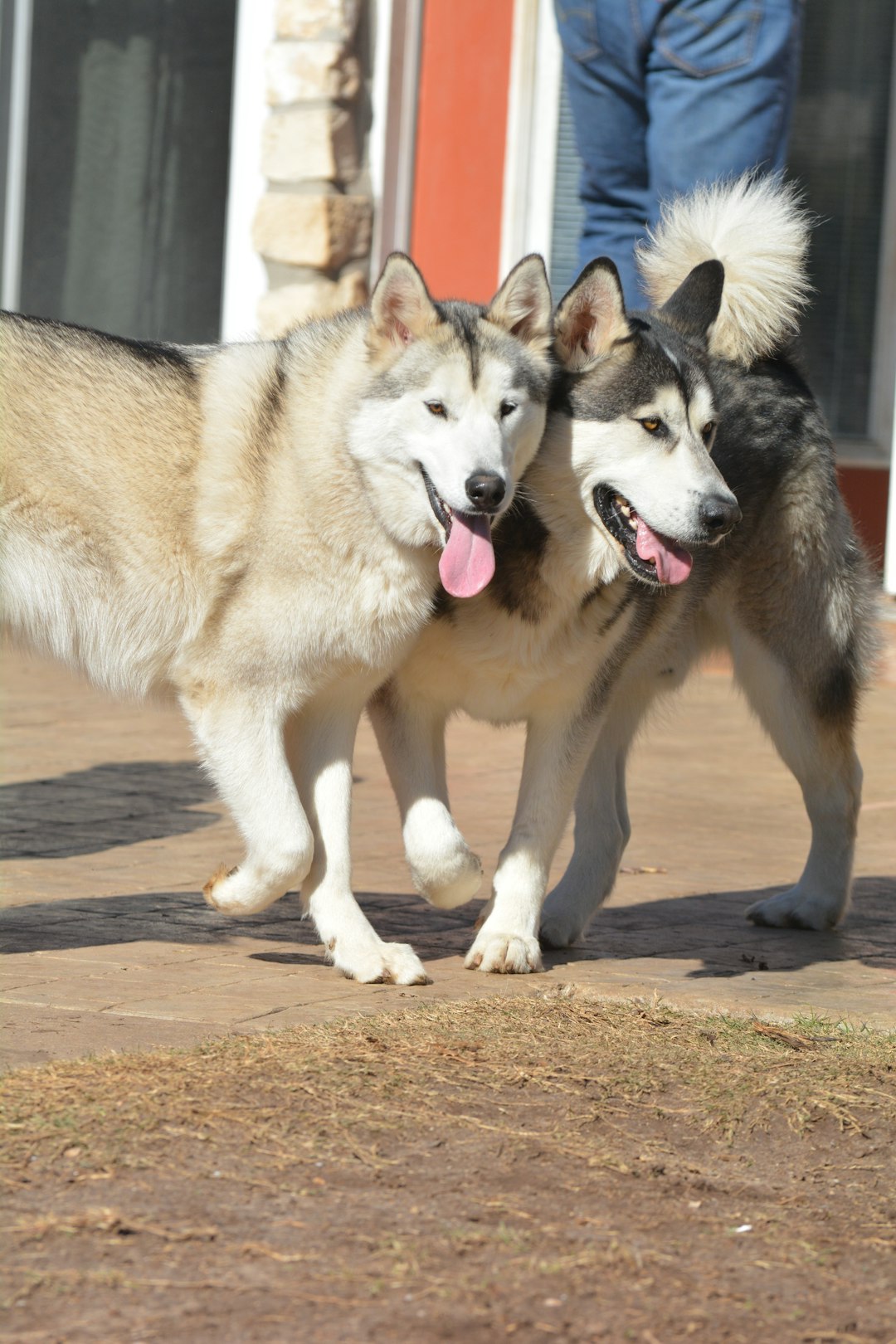Ever catch your furry friend snoozing in a position that makes you wonder if they’re dreaming of chasing squirrels or plotting world domination? Understanding dog sleeping positions can unlock a treasure trove of insights about your pet’s mood and personality. From the cozy curled-up ball to the majestic sprawled-out pose, each stance tells a unique story. So, buckle up as we dive into the fascinating world of dog sleeping positions and uncover what those adorable slumbers reveal about your four-legged companion!
The Importance of Dog Sleeping Positions
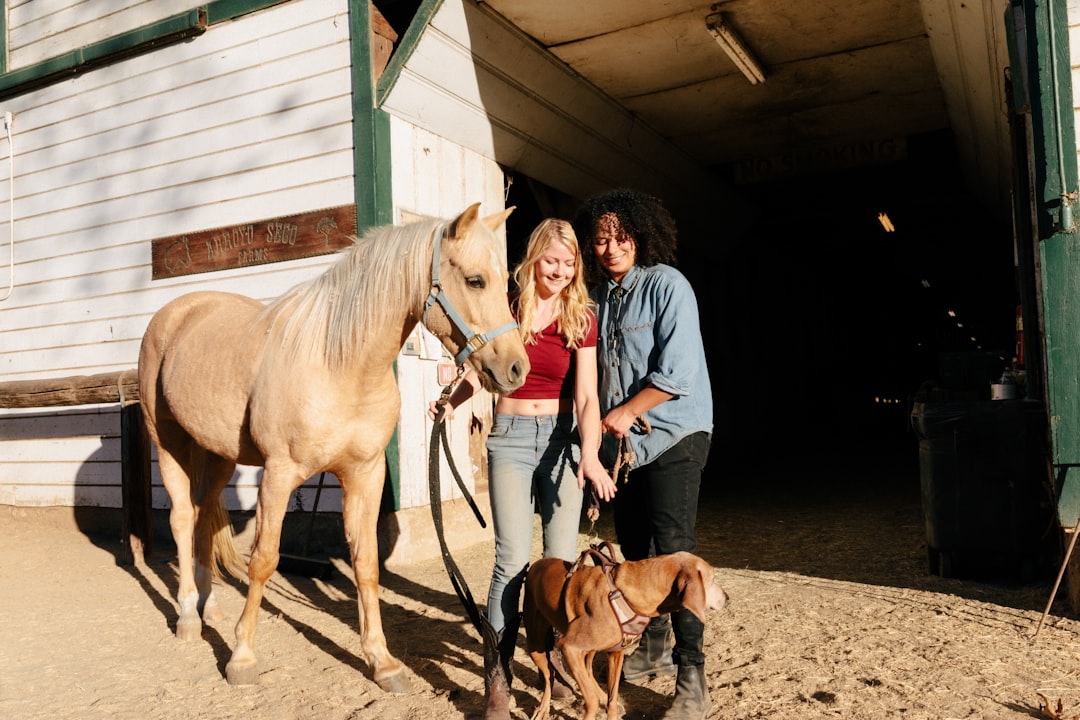
Ever peeked at your pup snoozing and thought, “What in the world kind of sleep yoga is this?” Well, dog sleeping positions are not just cute—each reveals a nugget of insight about your furry friend!
Why It Matters:
- Comfort Level: A dog’s sleeping position often reflects how secure and relaxed they feel in their environment.
- Temperature Regulation: Depending on the position, dogs might be adapting to their surroundings. A curled-up position? That’s a cozy, warm strategy!
- Health Indicators: Changes in sleeping positions might signal discomfort or health issues, so keep an eye out for any odd shifts!
Here’s a fun comparison of common dog sleeping positions:
| Position | What It Means |
|---|---|
| Curled Up | Seeking warmth and security |
| Sprawled Out | Feeling relaxed and confident |
| Side Sleeping | Calm and trusting |
| Belly-Up | Very comfortable and happy |
So, the next time Fido drifts off, remember that their cute pooch poses tell a fascinating tale in the world of dog sleeping positions!
Common Sleeping Positions of Dogs
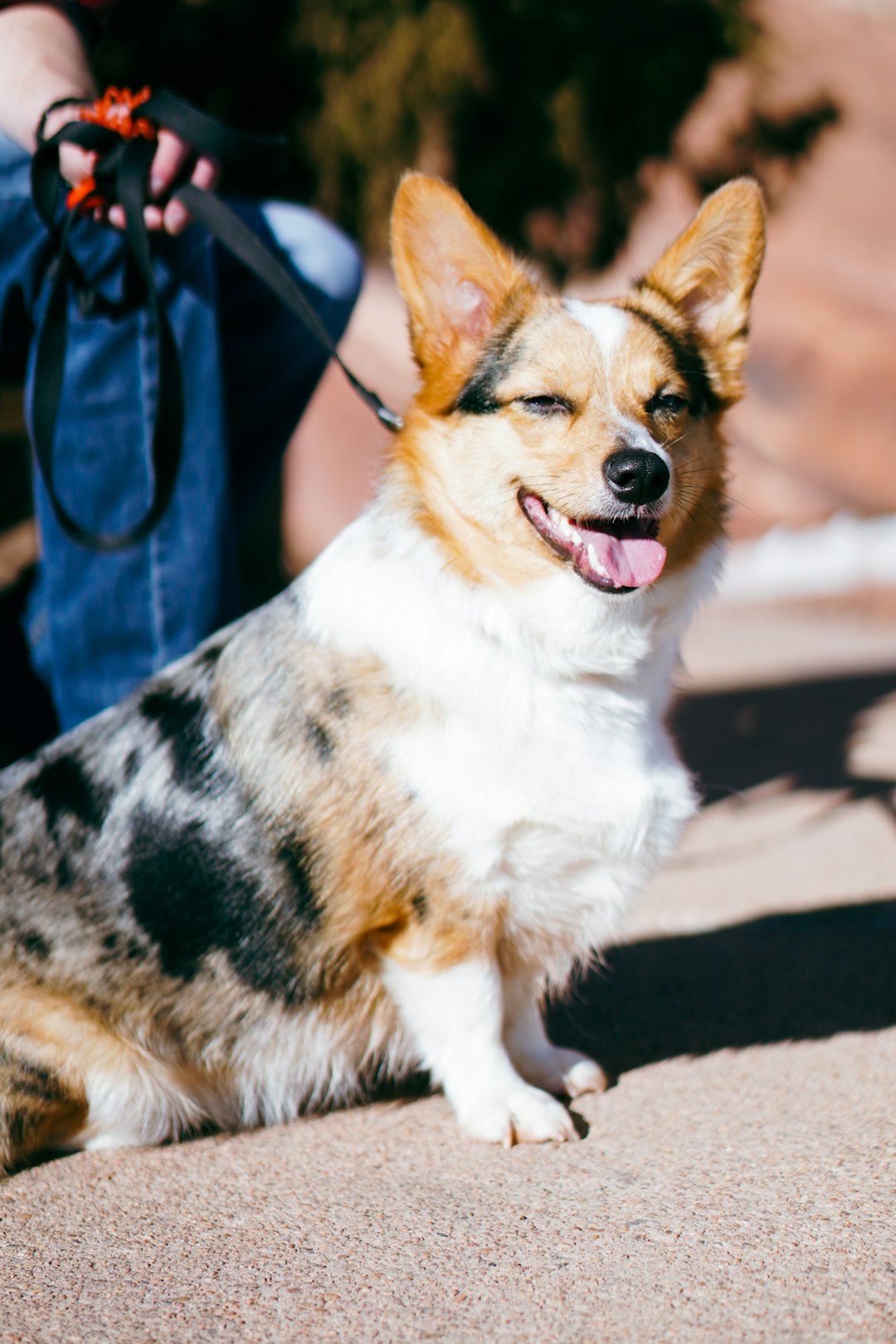
When it comes to dog sleeping positions, each snoozing style tells a unique story! Just like humans, dogs have their preferences, and understanding these positions can give you insight into their mood and comfort level. Here are some common positions you might notice:
- Curled-Up: Often a sign of a cozy dog, indicating warmth and safety. Plus, it minimizes cold drafts!
- Sprawled-Out: Watch out—your pup has claimed the territory! This position showcases confidence and a desire to cool off.
- Side Sleeping: This is a classic “I’m super relaxed” pose, revealing that your canine feels at home and safe.
- Belly-Up: Watch for fluff overload! Dogs in this position are in a deep sleep, trusting their surroundings completely.
| Position | Mood Indicator | Comfort Level |
|---|---|---|
| Curled-Up | Cozy & Secure | High |
| Sprawled-Out | Dominant & Relaxed | Medium |
| Side Sleeping | Relaxed & Trusting | High |
| Belly-Up | Total Comfort | Very High |
So, the next time you spot your furry friend snoozing, take note of their dog sleeping positions. You might just uncover more about their little world!
What a Curled-Up Dog Position Means
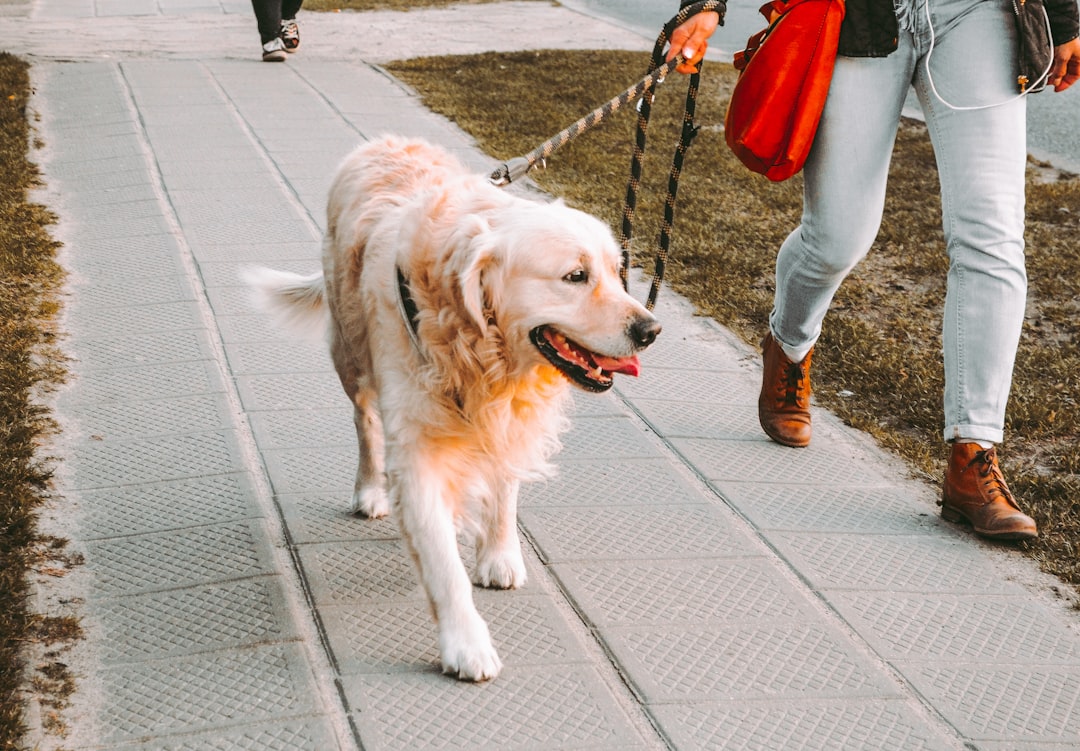
Ah, the classic curled-up dog position—a pooch’s cozy embrace of warmth! When you spot your furry friend snuggled up like a cinnamon roll, it’s more than just an adorable sight. Here’s what this cute sleeping position communicates about your dog’s mindset:
- Feeling Safe and Secure: By curling up, your dog signals that it feels protected. This position is instinctual, harking back to their wild ancestors who tucked themselves away from predators.
- Conserving Body Heat: Like a snug burrito, dogs curl up to keep warm, especially in cooler temperatures. If it’s chilly outside, you might notice this position more often!
- Indicating Rest: Curled-up dog sleeping positions typically reflect a state of relaxation. Your pup is not just napping; they’re indulging in some quality shut-eye.
Therefore, when you observe your dog nestled in this comfy pose, rest easy knowing they’re embracing comfort, safety, and tranquility. Who wouldn’t want that? 🐾
The Significance of Sprawled-Out Sleeping
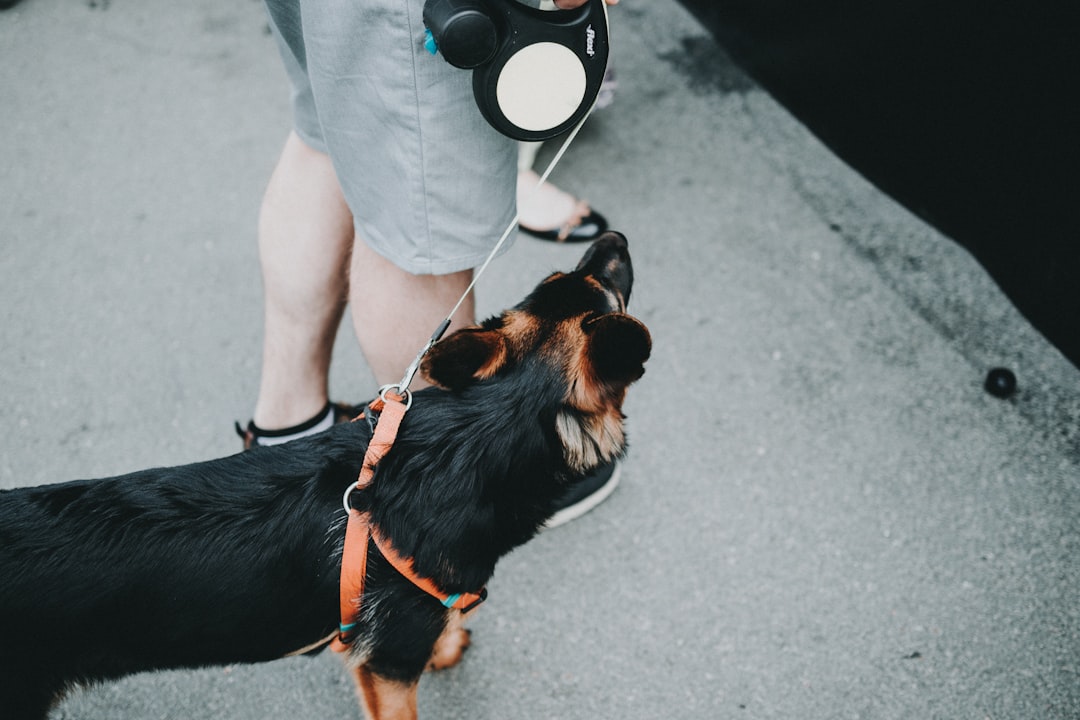
Ah, the classic sprawled-out position—it’s the ultimate display of canine comfort and relaxation! When your furry friend decides to flop onto their side like a furry starfish, it communicates a few telling facts about their state of mind:
- Trust and Security: A dog sleeping in this manner feels safe in their environment. It’s as if they’re saying, “I trust you, human! Come at me, bro!”
- Cool as a Cucumber: This position allows for excellent air circulation, making it ideal for those hot summer days. Your pup’s belly gets a breeze—just like they’re sunbathing on a tropical beach!
- Total Relaxation Mode: When a dog sprawls out, it’s a sign they’ve reached peak relaxation. This is their version of popping open a cold drink and kicking back!
| Dog Sleeping Position | Expression of Trust | Air Circulation | Relaxation Level |
|---|---|---|---|
| Curled-Up | Low | Minimal | Moderate |
| Sprawled-Out | High | Excellent | Maximum |
So next time you see your dog lounging like a pro, remember—they’re not just taking a nap; they’re living their best snooze life!
Understanding the Side Sleeping Position
When your furry friend decides to flop onto their side, you can’t help but smile. The side sleeping position is not only adorable but also reveals a lot about your pup’s comfort levels.
Here’s what this position signifies:
- Relaxation: A dog sleeping on their side shows they feel safe and secure. It’s their way of saying, “All is well in my world!”
- Temperature Regulation: This position allows for greater airflow, helping your pooch to cool down if needed.
- Trust: When a dog sleeps on its side, it exposes its vulnerable belly, signaling a deep bond of trust with their human companions.
Comparison of Dog Sleeping Positions
| Position | Indicates Comfort Level | Level of Trust |
|---|---|---|
| Curled-Up | Moderate | Moderate |
| Sprawled-Out | High | High |
| Side Sleeping | Very High | Very High |
| Belly-Up | Extremely High | Extremely High |
So, the next time you catch your dog in a side snooze, know that they’re in their happy place, revealing just how much your love means to them through those endearing dog sleeping positions!
What a Dog’s Head Position Reveals
When it comes to dog sleeping positions, your pup’s head placement speaks volumes about their mood and comfort level. Here’s a quirky breakdown:
- Head on Paws: Your furry friend might be feeling a tad insecure. It’s like their version of a cozy hug!
- Head Hanging Off the Bed: Ah, the drama! This position suggests your dog is dreaming big but perhaps isn’t entirely satisfied with their sleep setup. A little bunk upgrade might be in order!
- Head Upright: If your pup is snoozing with their head raised, they’re likely in a light sleep, ready to jump into action at a moment’s notice. Think of it as their own personal guard dog mode.
- Resting on You: If Fido uses your lap as a pillow, congratulations! This means they trust you implicitly and consider you their safe haven.
By paying attention to these various head positions, you can decode the secrets behind your dog’s sleeping positions and know when they need a little extra love or a new napping spot.
Differences in Sleeping Positions by Breed
When it comes to dog sleeping positions, breed plays a key role in determining how your furry friend catches some z’s. Interestingly, different breeds exhibit unique sleeping styles influenced by their history, size, and energy levels. Let’s break down a few:
| Breed | Common Sleeping Position | Why It Matters |
|---|---|---|
| Bulldog | Side sleeper | Shows trust and relaxation; they enjoy comfort! |
| Greyhound | Curled up | Conservation of body heat; they love to stay cozy! |
| Golden Retriever | Sprawled out | Indicates confidence and happiness; they’re the ultimate chillers! |
| Dachshund | Belly-up | Vulnerable yet relaxed; it’s a sign of total trust in you! |
So, as you observe your pup’s dog sleeping positions, remember that their breed can tell you lavish tales of comfort, security, and trust. Each snooze style offers a unique glimpse into your dog’s personality. Keep an eye out; you may just find the individual quirks within those cozy curls!
How Environment Affects Dog Sleeping Habits
Just like humans, dogs adapt their sleeping habits based on their surroundings. So, what influences their dog sleeping positions? Let’s dive right in!
- Climate control: Dogs prefer cooler spots in steamy summer months and snuggle up warmly in winter. Thus, you’ll notice a shift in their dog sleeping positions seasonally.
- Comfort and safety: Does your pooch curl up in a cozy blanket or stretch out on the cold tile? A safe, comfortable environment encourages them to unwind.
- Space availability: Limited space can lead to compact sleeping positions, while ample room inspires more sprawling-out stunts. Think of it as dog yoga!
- Family interactions: Your presence can shape their habits. For example, if you sleep on your side, your pup might mimic that side-sleeping position for closeness.
In essence, a dog’s environment directly shapes their slumber style. So remember, a relaxed pup in a comfy spot might reveal the secret to their favorite dog sleeping positions! Keep an eye on how these factors influence your furball’s nightly behaviors.
Recognizing Sleep Disorders in Dogs
While most dog sleeping positions are as cute as a button, some could signal underlying issues. Here’s how to tell if your furry friend is snoozing soundly or wrestling with a sleep disorder.
Watch for These Signs:
- Restlessness: If your dog frequently shifts positions or wakes up panting, it might be time for a vet visit.
- Excessive barking or whining: If your furry pal sounds like they’re auditioning for a drama, they may be experiencing nightmares or anxiety.
- Unusual dog sleeping positions: Positions that seem uncomfortable or awkward could indicate discomfort or pain.
By observing variations in your dog’s usual dog sleeping positions, you can identify changes in behavior.
| Normal Behavior | Possible Disorder Signs |
|---|---|
| Curling up snugly | Twisting, turning excessively |
| Side sleeping with legs tucked | Constantly changing positions |
| Belly-up position (happy dog!) | Whining or restlessness throughout the night |
If these signs crop up, a chat with your vet could stave off a bigger problem. Healthy sleep is essential for every pooch, so keep an eye on those sleeper styles!
Recognizing Sleep Disorders in Dogs
Even our beloved pups can experience sleepless nights occasionally. While “dog sleeping positions” can reveal a lot about their mood and health, peculiar sleeping habits might indicate something more serious. Here’s how to spot potential sleep disorders:
- Loud Snoring: If your furry friend sounds like a chainsaw, it might be more than just cute. Heavy snoring can signal breathing problems.
- Frequent Position Changes: If your dog constantly shifts between dog sleeping positions, it could mean discomfort or pain.
- Restlessness: Does your dog seem anxious or can’t settle down? This might suggest stress or anxiety-related disorders.
- Excessive Barking/Sighing in Sleep: Unusual vocalizations can be signs of distress or a dream gone haywire.
- Unusual Wake Patterns: If your dog frequently wakes up and appears disoriented or confused, this might warrant a vet’s check-up.
Keep a close eye on your pup’s sleep features! Regular observation of dog sleeping positions will help you ensure they’re snoozing as soundly as they should be. After all, a well-rested dog is a happy dog!
Frequently Asked Questions
Why does my dog sleep on its back with its paws in the air?
If your dog hits the hay on its back, paws pointing towards the sky like it’s at a beach party, it’s not just showing off its adorable belly! This position is a sign that your furry friend feels safe, secure, and utterly relaxed in their home. It’s akin to putting on a comfy pair of slippers after a long day. So, next time you catch your pup in this pose, know they’re in their happy place, ready for some nap-time daydreams.
What does it mean when my dog curls up into a ball while sleeping?
Ah, the classic ‘cinnabun’ position! When your dog curls up tighter than a pretzel, they are likely channeling their inner cozy vibes in preparation for a well-deserved snooze. This posture is an instinctual behavior, a nod to their wild ancestors who would curl up to conserve body heat and protect their vital organs. Though they now have luxurious dog beds at their disposal, it’s their way of saying, ‘I’m snug as a bug in a rug!’.
Is my dog dreaming if it twitches while sleeping?
Absolutely! Just like humans, dogs can experience a phenomenon called REM (Rapid Eye Movement) sleep, which is the period when dreams occur. If your pup is twitching, paddling its paws, or even letting out little barks, it has likely just embarked on an exciting adventure through Doggo Land, chasing squirrels or having a playdate with its best buddies. So, sit back, enjoy the show, and don’t forget to ask them all about it when they wake up!
What does it mean if my dog sleeps with their head on my feet?
When your dog decides to rest its cute noggin on your feet, it’s not only claiming you as their personal pillow but also acknowledging the bond you share. This sweet gesture indicates trust and affection, like a furry security blanket keeping a watchful eye over you. It’s their way of saying, ‘Hey, I’ve got your back!’ So relish in the foot-fur rendezvous; it’s a sign of love straight from your pooch’s heart!


